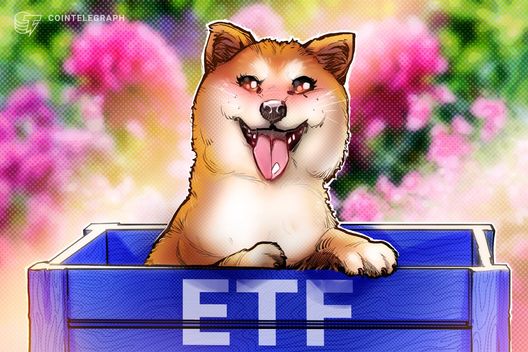The cryptocurrency arena continues to evolve at a rapid pace, with many exciting developments shaping its landscape. Recently, the team behind the Symbiotic network announced a significant milestone: they successfully raised $29 million in a Series A funding round. This financial boost, led by Pantera Capital and joined by notable players like Coinbase Ventures, aims to bolster the team and support their ambitious Universal Staking framework.
Unlike traditional staking setups, which generally focus on shared security, Symbiotic’s innovative approach allows a diverse mix of assets to secure various types of networks—be they modular, monolithic, Layer 1, or Layer 2. As the demand for advanced staking solutions grows, Symbiotic’s framework is setting out to incorporate use cases that extend beyond mere staking activities, venturing into areas like insurance and financial products.
“We are building infrastructure, and our job is to improve on that by a huge margin,” said Misha Putiatin, co-founder of Symbiotic, highlighting the startup’s commitment to refine and enhance the staking landscape.
Since its introduction in 2024, Symbiotic has established a firm position within the competitive restaking market, currently holding about $825 million in Total Value Locked (TVL), making it the third-largest player among its peers, according to DefiLlama data. This is particularly noteworthy given the prominence of EigenLayer, which has dominated the space with a TVL that once peaked at $20 billion before facing subsequent declines.
With the influx of fresh capital, Symbiotic is poised to broaden its scope, offering a variety of options for users who wish to deposit any Ethereum ERC-20 token—differentiating itself from EigenLayer’s exclusive reliance on ETH. As new protocols emerge and established networks seek tailored security solutions, Symbiotic is strategically positioning itself to capture a share of this expanding market. The concerted efforts of the Symbiotic team signal a determination to redefine perceptions and functionalities within the staking ecosystem.

Key Highlights of the Symbiotic Network Funding
The recent developments within the Symbiotic network’s restaking protocol, especially in light of its Series A funding, are significant and have the potential to impact various stakeholders in the cryptocurrency and DeFi landscapes.
- Series A Funding:
- Symbiotic raised $29 million to enhance its team and expand its Universal Staking framework.
- Led by Pantera Capital with participation from Coinbase Ventures and over 100 angel investors.
- Shift from Restaking to Universal Staking:
- Plans to support a wider range of staking activities beyond just restaking.
- Potentially changes the perception of the staking industry.
- Competitive Landscape:
- Symbiotic aims to rival EigenLayer, which currently dominates the restaking protocol space with a TVL of $7 billion.
- The total TVL of all restaking protocols is approximately $14 billion.
- Decentralized Application Security:
- Allows decentralized applications (AVS) to secure each other while providing rewards.
- Users can restake a variety of ERC-20 tokens, unlike EigenLayer which only accepts ETH.
- Infrastructure Development:
- Focused on building infrastructure that improves upon existing protocols.
- Intends to cater to new protocols not interested in traditional restaking models.
“We are building infrastructure, and our job is to improve on that by a huge margin.” – Misha Putiatin, Co-founder of Symbiotic.
Symbiotic’s Strategic Funding and its Implications in the DeFi Landscape
The recent announcement of Symbiotic’s $29 million Series A funding round marks a significant milestone in the competitive space of decentralized finance (DeFi). Unlike established protocols, this newcomer is not just vigilant; it’s audaciously challenging EigenLayer’s supremacy in the restaking arena. With backing from notable investors like Pantera Capital and Coinbase Ventures, Symbiotic’s funding is seen as a strong endorsement of its vision to expand the traditional boundaries of staking.
Competitive Advantages
One of the standout advantages is Symbiotic’s approach to flexibility. While EigenLayer limits its functionality to ETH, Symbiotic embraces a wider array of Ethereum ERC-20 tokens, which could attract a more diverse user base looking for versatility in their staking methods. This appeal is especially relevant for users who have investments in various tokens but may have hesitated to lock them into a single asset.
Additionally, the intention to expand into a Universal Staking framework is a strategic pivot that not only broadens the scope of services offered but also positions Symbiotic as a forward-thinking platform in the DeFi ecosystem. By facilitating shared security alongside insurance and various financial products, Symbiotic aims to meet emerging needs that traditional staking services overlook.
Challenges and Disadvantages
Moreover, while enticing a broader range of assets into its protocol, Symbiotic must ensure that the security measures are robust enough to protect its users’ diverse investments. Any missteps in security could erode trust and give competitors leverage over customer bases.
Who Benefits and Who May Face Challenges?

















